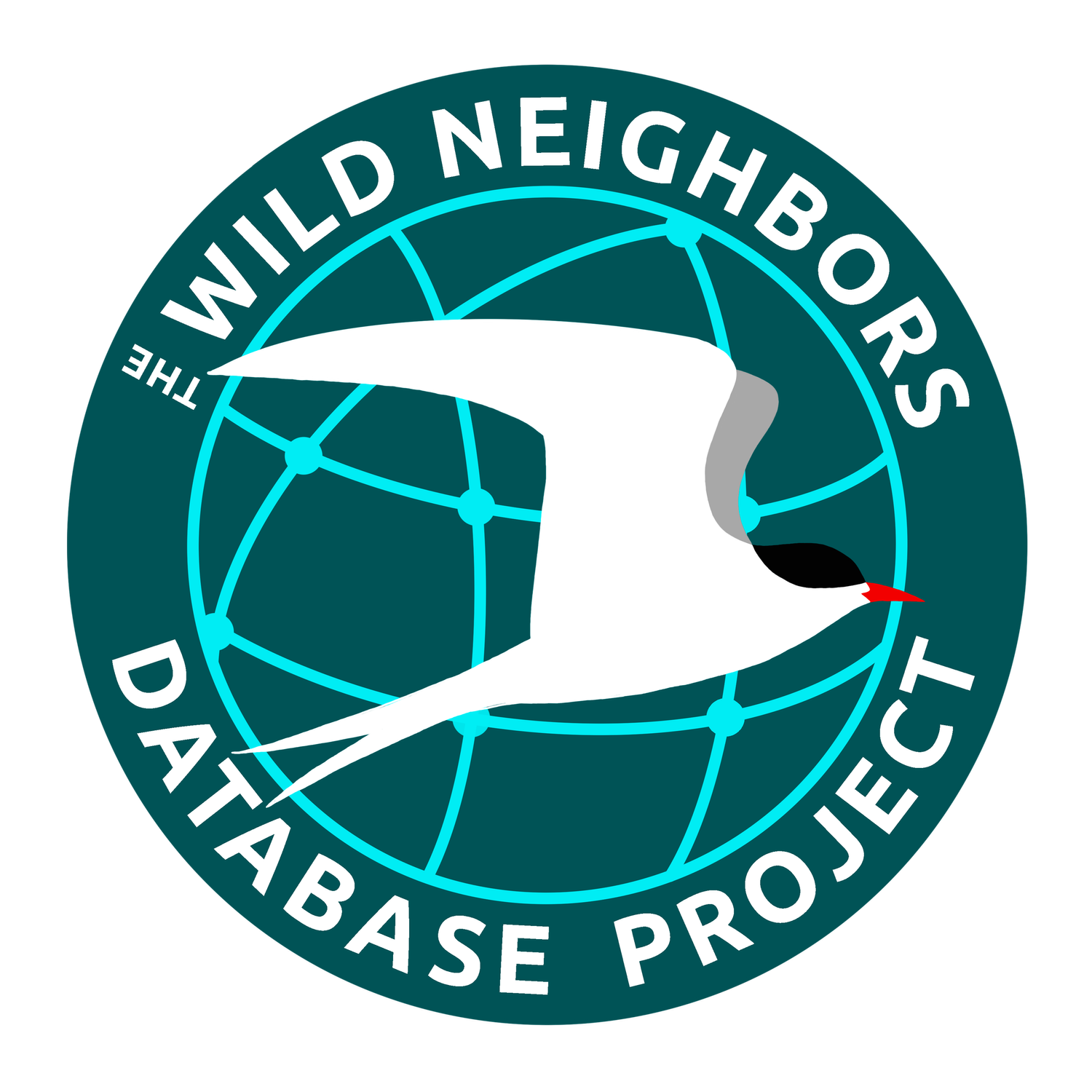-
WildAlert is a wildlife morbidity and mortality event alert system. It is a partner-driven, web-based platform for early detection and timely sharing of information on wildlife morbidity and mortality events. Through an automated process, updating 24/7 and 365 days of the year, the system integrates clinical data entered in near real-time from a network of wildlife rehabilitation organizations from around the world. It generates alerts when more than the expected number of wildlife cases of a given species and/or species and clinical classification combination (ex: raccoons and neurologic disease) are recorded across the rehabilitation network. Users can specify surveillance targets of interest based on specific species, taxa, and clinical classifications for wildlife cases.
The main goal of the system is to provide wildlife agency and rehabilitation organization partners and the public with timely, accurate information on the occurrence of wildlife disease events, facilitating early and enhanced detection of health threats for more timely decision making and response efforts.
-
In 2016, WildAlert (previously known as the Wildlife Morbidity and Mortality Event Alert System) was developed by investigators at the Wild Neighbors Database Project, Karen C. Drayer Wildlife Health Center, the Wildlife Health Lab of the California Department of Fish and Wildlife, in partnership with a network of wildlife rehabilitation organizations in California.
This program runs in parallel with WRMD to 1) integrate data in near-real time from a network of participating wildlife rehabilitation organizations in California, and 2) alert California wildlife investigators to unusual wildlife disease events.
-
WildAlert is currently active in Arizona, California, Florida and Washington state.
There is potential for WildAlert to eventually reach all 50 states.
-
Information in WildAlert is provided to anyone interested in knowing more about the occurrence of wildlife morbidity and mortality events. This information is of particular interest to government and wildlife rehabilitation organization partners who benefit from a greater situational awareness of threats to wildlife health. Greater awareness offers opportunities for more timely investigations and rapid response to events.
-
Reach out to us at support@wildneighborsdp.org. We would be happy to speak with you about the possibilities of bringing WildAlert to your state.
-
During the proof of concept study, WildAlert enabled early detection of a number of wildlife morbidity and mortality events in California. For example, the system alerted investigators to a morbidity event in marine birds in southern California that was caused by a harmful algal bloom. Likewise, the system alerted to 1) increased numbers of raptors being brought into centers across California, showing symptoms of neurologic disease due to West Nile virus; 2) turkey vulture cases of toxicity due to lead exposure; and 3) anticoagulant rodenticide poisonings in raptors and skunks.
WildAlert has also enabled the early detection of emerging pathogens in invasive species that pose a threat to native wildlife in California. For instance, investigators were alerted to the emergence of Pigeon Paramyxovirus Type 1 (PPMV-1) in Eurasian collared doves and rock pigeons in central California, documenting northward pathogen spread along with the expansion of the range of the invasive Eurasian collared dove in California. Recent detection of this virus in a mourning dove in California suggests spillover of this emerging pathogen from the invasive species into native doves. These events highlight the system’s powerful potential for detecting known and novel, emerging threats to free-ranging wildlife and ecosystem health.

